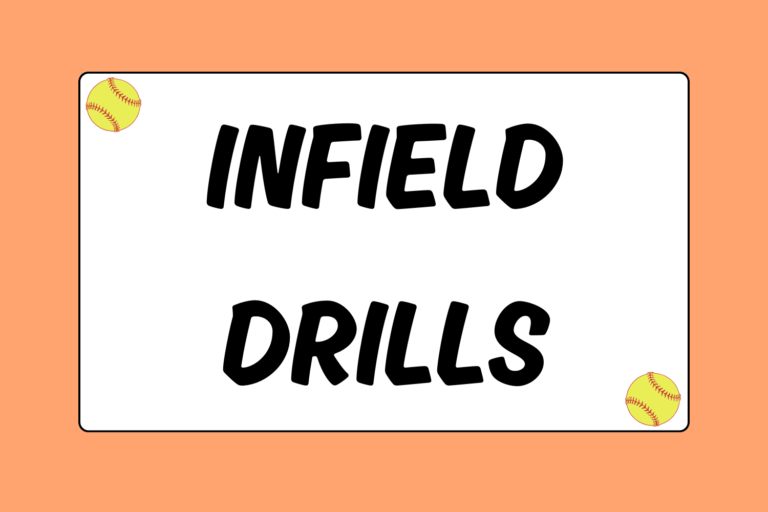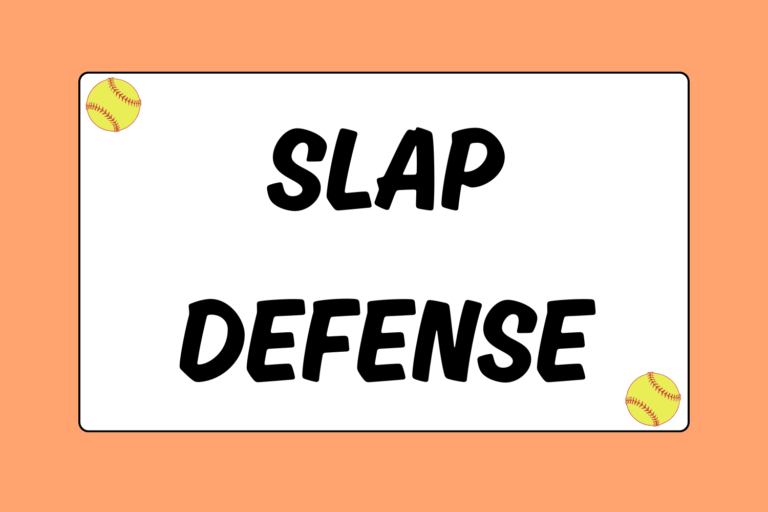Not every fly ball hit to the outfield merits a dive, particularly when there are runners on base and less than two outs. In these situations, laying out for a ball could cost a run. In the time it takes to dive and get up to throw the ball, a runner could advance around the bases and possibly score. But whether you dive or not, sometimes you’ll need to get low to make the catch! This softball guide will teach you how to slide for the ball instead.
Get Comfortable Sliding
efore you try sliding for a ball when the game is on the line, it’s a good idea to practice your technique. Essentially, a pre-catch slide is very similar to a pop-up slide with two main differences: You aren’t sliding into a base, and your hands are going to be above your lap or to your side, not behind you. Below is a quick and easy drill to get used to sliding under a fly ball:
- Grab a partner and go to any soft spot in the outfield. Your partner will start with the ball and you will start six strides away from her.
- Start sprinting toward your partner, taking your first stride with your right foot.
- As you approach your partner, bend your knees to lower your elevation. By your fourth stride, start shifting your weight to your left foot.
- Your left foot should lead your sixth stride. This is your last stride on foot. As this foot starts its stride, start deepening the bend in your knee. Once your left foot lands, push off the ground and propel yourself into a slide. Your partner should now toss you a low fly ball.
- Leaving your right leg extended, bend your left knee entirely and tuck your left ankle under your right knee. Keep your glove and throwing hand above your lap.
- As you slide under the ball, try to catch it above your lap. Then stand up and toss the ball in.
When you’re comfortable catching the ball mid-slide, the next step is to work on quickly recovering from the slide in order to make a timely throw. To work on popping up (the same way you do when you’re sliding into a base), use the same drill outlined above but include these variations:
- Start a bit farther away from your partner.
- Instead of stopping once you catch the ball, practice popping up out of your slide and throwing the ball in.
- Try catching the ball to your left rather than above your lap. This will help you get up and out of your slide faster. (Start far enough back to gain full speed and enough momentum to pop up out of your slide.)
Hot Tip: To Slide or Not to Slide
You should also be aware of the situations where you should slide instead of dive. In general, if there are runners in scoring position (at second base or farther) and less than two outs, you should not be diving head-first. With two outs, using a dive is perfect to make the catch. With one out or less, you may want to slide or try to make a shoestring catch.
Slide at Full Speed
Once you are comfortable with the drills listed above, you are ready to rely on your slide in games and at practice. The only thing to remember is to go all out for the ball. Hesitation will hurt you here, so you have to be fully prepared, both mentally and physically, to slide. And remember, if you need to pop up out of your slide immediately, catching the ball to your left will allow you to get up and transition into your throw faster.





